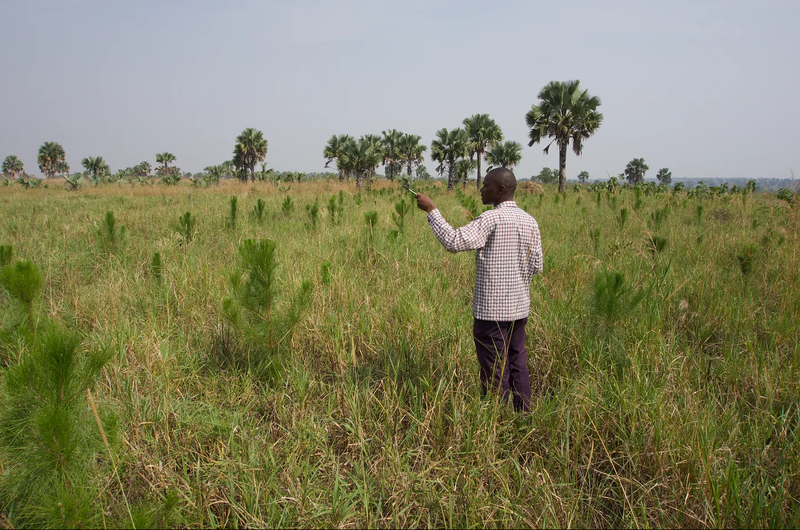A Comprehensive Approach to Monitoring Reforestation initiatives in the Eastern Africa Region
By Vincent Okoth, With contributions from the IGAD Climate Change Technical Working Group

The need to address deforestation in Eastern Africa has led to numerous reforestation projects at regional and national levels. These initiatives primarily focus on replanting trees in areas affected by deforestation, such as those cleared for agriculture or logging activities. However, more attention should be given to monitoring the progress and success of these reforestation efforts.
Reforestation monitoring allows for the evaluation of the effectiveness of reforestation projects. By tracking planted trees’ survival and growth rate, we can identify factors contributing to reforestation efforts’ success or failure. This will enable adjustments and improvements in future reforestation initiatives. At the same time, when the monitoring is done at a regional level. It will provide more comprehensive and improved data on reforestation trends and threats that can assist in evidence-based decision-making at a regional level. This will provide data and evidence necessary for policy development, decision-making, and accountability.
The importance of monitoring reforestation initiatives must be considered. It allows us to measure their effectiveness in mitigating the impacts of climate change and restoring forest cover.
Monitoring should not only focus on tree planting but also take into account other important factors, such as the survival rate of planted trees, the biodiversity of the restored areas, and the overall ecological regeneration. By incorporating monitoring mechanisms into reforestation projects, we can gather valuable data and insights that will inform future conservation efforts and ensure their overall success.
Remotely sensed multispectral images, such as Sentinel-2 and Planet Scopesatellite imagery, offer consistent and accurate results for rapid assessment of tree status and health. Stakeholders, including governments and regional forest management institutions, can use this monitoring information to evaluate the effectiveness of policies and programs, guide resource allocation, and measure progress towards targets such as international agreements on forest conservation and restoration.
To detect any anomalies in the growth and health of planted trees at an earlier stage. Satellite imagery can be combined with state-of-the-art algorithms to provide a fully automated analysis of changes in tree growth. New satellite data could be automatically downloaded for specified areas of interest in the region and processed to find any changes in growth over a given period, such as monthly or quarterly. The information derived could then be provided to end users for further interpretation and decision-making.
To overcome the challenge of frequent cloud cover in areas of interest and ensure continuous collection of high-quality satellite data for automated monitoring systems, Synthetic Aperture Radar (SAR) satellite imagery, specifically from satellites like Sentinel-1, can be utilized. SAR satellites have the advantage of being able to capture images in all weather conditions, making them ideal for automated monitoring in areas with persistent cloud cover. Additionally, SAR satellites can capture images both during the day and at night, providing uninterrupted monitoring regardless of the time of day.
Additionally, to efficiently manage the reforested areas, monitoring systems could further be refined to vectorize clusters of the areas of interest where the planted trees could face potential threats such as pests and diseases. The corresponding polygons generated from the clusters could then be sent to forest conservation and management agencies for human validation and early interventions necessary for protecting the planted trees.
In summary, monitoring reforestation initiatives in the Eastern Africa region by combining Satellite imagery with state-of-the-art algorithms is crucial for evaluating the success of reforestation programs while guiding sustainable management of reforestation resources. The insights derived from these systems can also help track progress on national and international commitments to forest conservation and climate change mitigation.
